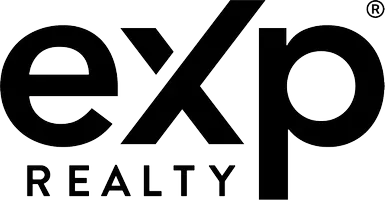Budgeting for a Home in 2025: Why the Old Rules No Longer Work
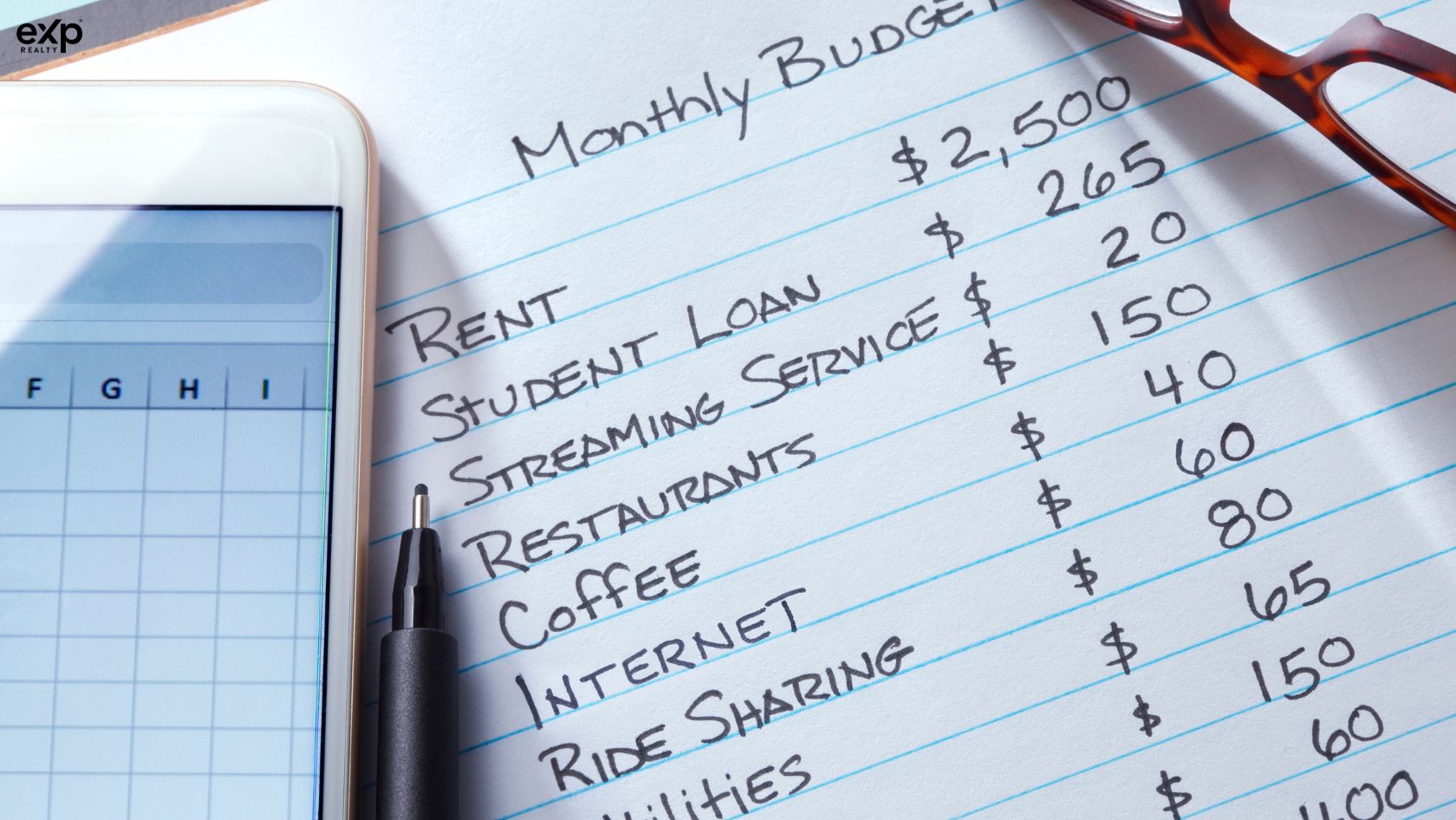
For years, homebuyers were taught one golden rule:
Never spend more than 30% of your income on housing.
That was the trusted benchmark — the line that separated “affordable” from “over your head.”
But here’s the reality in 2025: that line is fading fast.
📊 According to Realtor.com® Affordability Report, the average U.S. household would need to spend 44.6% of their income to buy a median-priced home.
And in places like Los Angeles? It’s over 100%.
So if you’re running the numbers and wondering why homeownership feels out of reach, you’re not doing anything wrong — the rules just changed.
And now, it’s time your budgeting strategy does too.
Why the 30% Rule Feels Broken 🔧
The 30% rule wasn’t created for today’s market. It traces back to a 1969 federal housing policy (the Brooke Amendment), which capped public housing costs at 25% of income — later bumped to 30% in the 1980s. That number eventually became gospel for lenders and budgeting tools.
✅ It worked well for decades — helping buyers keep room in their budgets for saving, spending, and staying stable.
But here’s what it didn’t consider:
- Regional differences (a $2,500 mortgage hits different in Worcester vs. Wellesley)
- Existing debt, medical bills, or child care
- Today’s reality of high interest rates and even higher home prices
Trying to force-fit your home search into a 30% model can feel frustrating — and outdated.
So What Does Work? Budgeting Smarter in 2025 🧠
1. Set a Real-Life Monthly Comfort Number
Skip the percentages. Ask:
“What can I realistically spend each month without sacrificing my lifestyle or savings goals?”
Include:
- Current rent or mortgage
- Recurring expenses (car, insurance, groceries)
- Loan or credit payments
- Travel, hobbies, and family costs
- Retirement and emergency savings
This is about financial sustainability — not just qualifying for a loan.
2. Know the Real Cost of Owning a Home
A $450,000 listing isn’t your monthly payment. Factor in:
- Mortgage principal + interest
- Property taxes + insurance
- Private mortgage insurance (if <20% down)
- HOA dues, if applicable
- Utilities, maintenance, repairs
Pro tip: Don’t wait until you fall in love with a home. Talk to a lender early to see the full picture.
3. Use the 30% Rule as a Warning Light 🚦
If you’re slightly over 30% — but have little to no debt — you might be fine.
But if you’re closer to 50% and juggling student loans, credit cards, or inconsistent income?
That’s your sign to pause and reassess.
4. Get Local, Get Creative
Affordability isn’t just about price — it’s about options. Try:
- Expanding your radius. Even a 10-minute shift can lower your budget by thousands.
- Looking at new builds. Builders are offering serious incentives in 2025.
- Negotiating rate buydowns. Many sellers are willing to get creative.
- Focusing on “right now” homes. Your first or next place doesn’t need to be your forever one.
The Takeaway 🎯
The 30% rule may no longer fit — but the goal remains:
✅ Buy a home that fits your life.
✅ Spend sustainably.
✅ Stay flexible and informed.
And if you’re feeling stuck, I’ve got your back. Let’s talk through your budget, your goals, and a smart path forward — one that actually works for you in today’s market.
Categories
Recent Posts
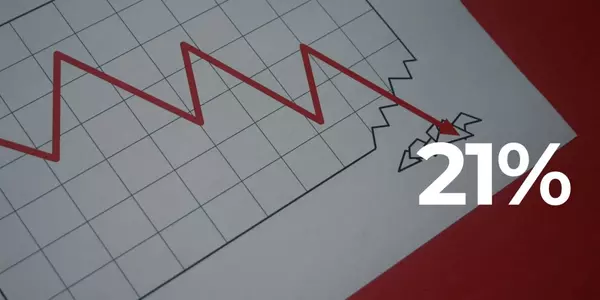
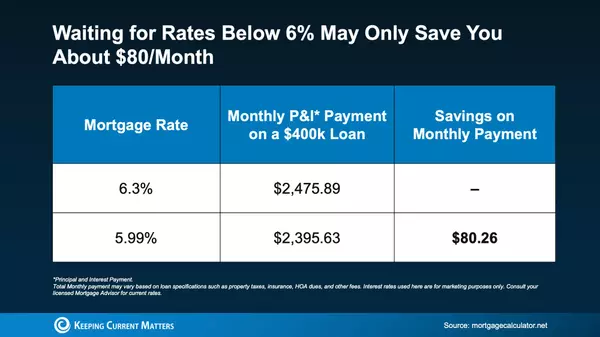
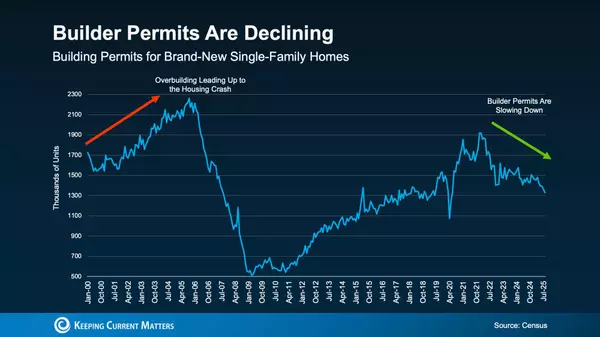
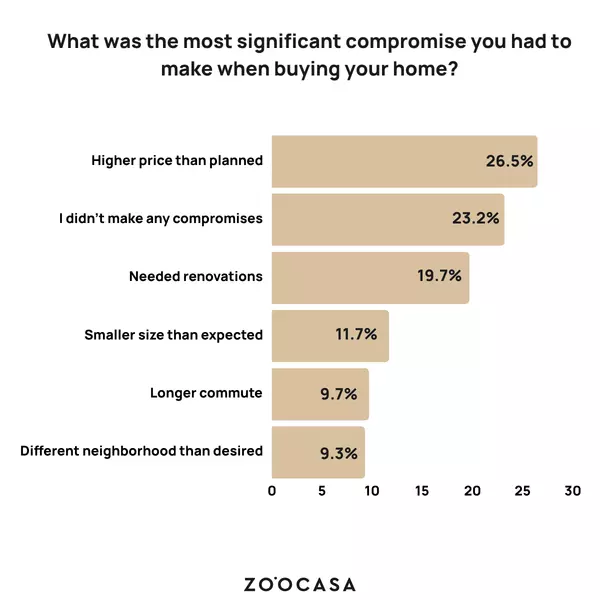
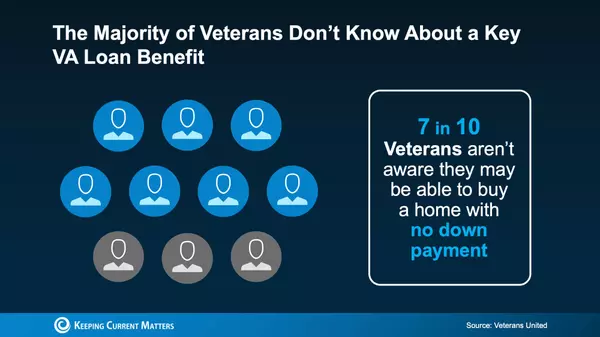
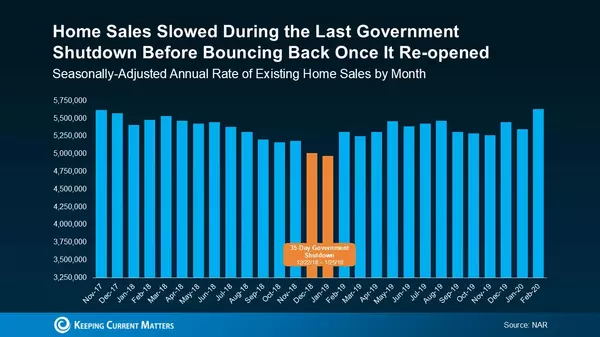
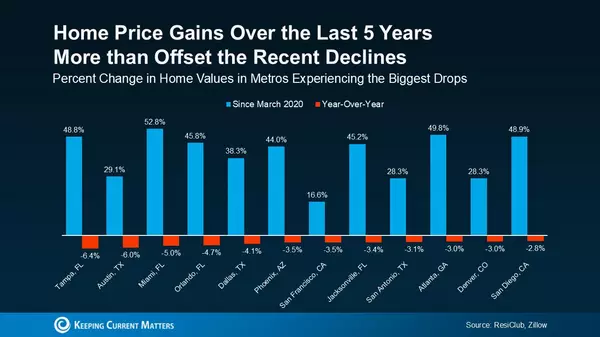


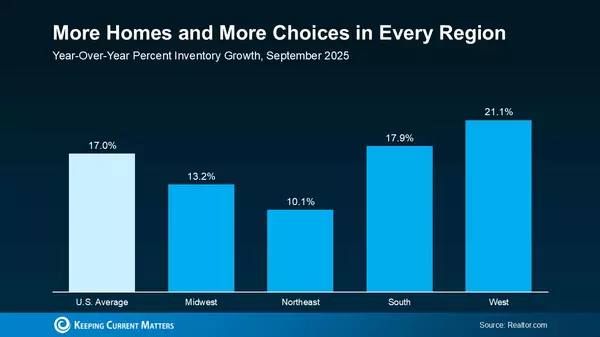
GET MORE INFORMATION

